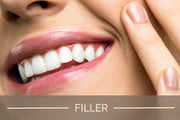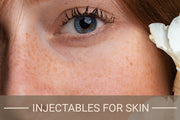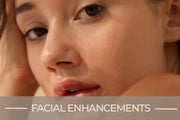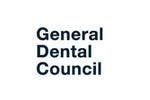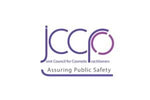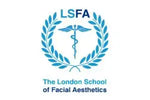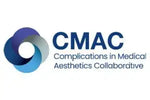Can Botox Migrate After 3 Days?
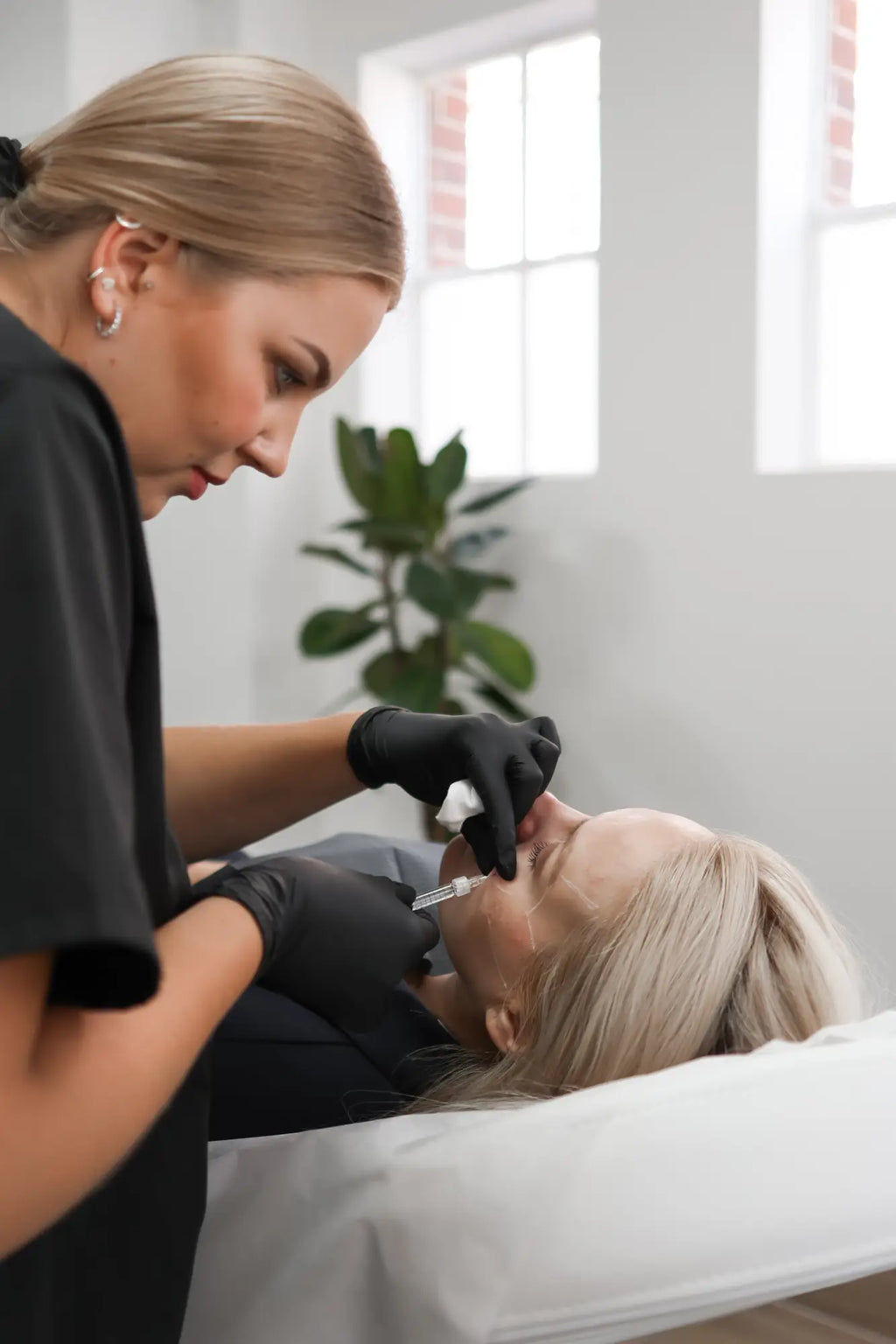
Content Verification

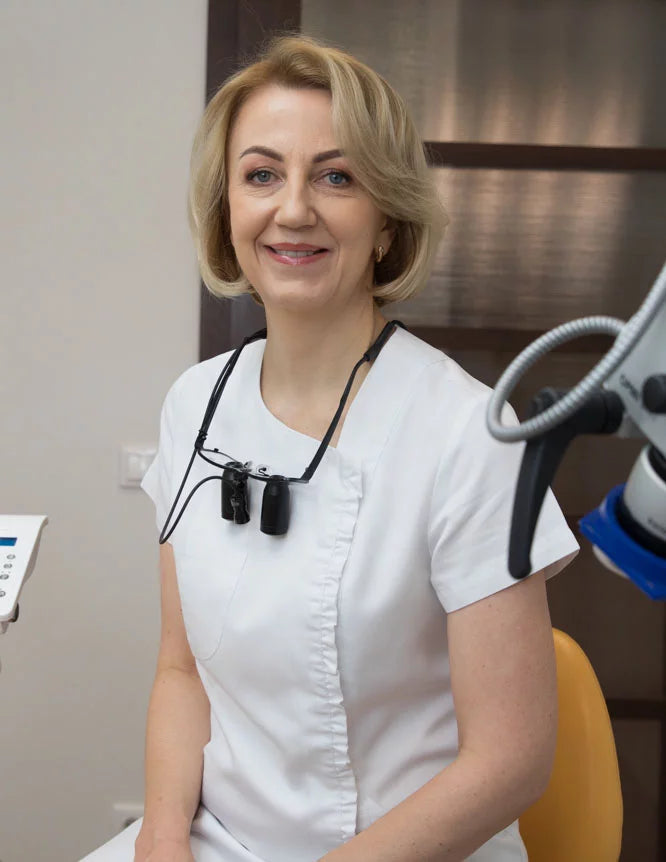

🔍 Quick Summary 🔍
- ✨ Botox can take time to settle – patience is key!
- - - - - - - - - - - 🤔 Migration risk is minimal if post-care advice is followed.
- - - - - - - - - - - 💉 Always choose a qualified practitioner for safe results.
- - - - - - - - - - - 🚫 Avoid rubbing or lying down immediately after treatment.
- - - - - - - - - - - 📅 Effects usually appear within 3-5 days, full results in 2 weeks.
- - - - - - - - - -
💡 Expert Advice & Tips 💡
👩⚕️ Our Experts Say: "For the best Botox results, stick to post-care guidelines, avoid alcohol before treatment, and stay upright for a few hours post-injection. Always consult a trusted professional!"
Botox treatments have become one of the most sought-after anti-wrinkle solutions, offering a non-invasive way to achieve a smoother, more youthful appearance. However, ensuring the best results from Botox injections requires not only a skilled practitioner but also careful adherence to aftercare guidelines. In our Botox Injections Aftercare guide, we explored the essential steps to maximise the benefits of these treatments.
This article delves deeper into a common concern among patients: can Botox migrate after 3 days? Understanding how Botox works and the factors influencing its effectiveness is crucial for anyone considering this treatment.
By the end of this article, you’ll have a clear understanding of the science behind Botox injections, expert advice on preventing potential issues, and practical aftercare tips to ensure optimal results. Whether you’re searching for Botox treatments in London or simply want to enhance your anti-ageing routine, this guide is tailored to help you make informed decisions.
Understanding Botox and Its Function
Botox is a widely recognised treatment in the field of aesthetics, used to temporarily reduce the appearance of fine lines and wrinkles. Derived from botulinum toxin, Botox works by temporarily relaxing the targeted muscles, preventing them from contracting and forming wrinkles. This makes it a popular choice for individuals seeking non-invasive anti-wrinkle treatments.
In anti-ageing procedures, Botox injections are primarily used to address dynamic wrinkles—those caused by repeated facial movements, such as frowning, smiling, or squinting. Common treatment areas include the forehead, crow’s feet, and frown lines. The procedure involves precise injections, ensuring natural-looking results while maintaining facial expression.
Across the UK, particularly in urban centres like London, Botox treatments have gained immense popularity. Many patients seek these treatments not only for their visible results but also for their quick recovery time and minimal invasiveness. For those considering Botox treatments in London or other areas, understanding how Botox works is essential to making an informed decision.
Does Botox Migrate After 3 Days?
One of the most common questions about Botox injections is whether the product can migrate to unintended areas after being administered. Understanding how Botox behaves in the body can help dispel concerns and clarify the risks involved.
When injected, Botox is carefully placed into specific muscles to temporarily block nerve signals, causing the targeted muscles to relax. Once administered, Botox begins to settle into the intended area within the first 24-48 hours. According to Dr. Laura Geige, Medical Director and Skin Expert from It’s Me & You Clinic, “Botox typically takes 24-48 hours to begin working and about 7-14 days for full effects. Migration after 3 days is highly unlikely if proper injection techniques and aftercare are followed.”
After 72 hours, the likelihood of Botox migrating is significantly reduced. This is because the product binds to the nerve endings within the injection site, ensuring it remains localised. Additionally, practitioners use advanced techniques to place the product accurately, minimising the risk of displacement.
It’s worth noting that following post-treatment guidelines—such as avoiding excessive pressure on the treated area or rigorous physical activity—further decreases the chance of migration. Proper care ensures that the effects of anti-wrinkle treatments remain predictable and effective.
Factors Influencing Botox Migration
The success and safety of Botox injections depend on multiple factors, including the skill of the practitioner, adherence to aftercare guidelines, and external influences post-treatment. Understanding these elements can help patients minimise the risk of Botox migration and ensure optimal results.
Injection Technique and Practitioner Expertise
The injection technique is a critical factor in determining whether Botox stays confined to the intended area. Skilled practitioners use precise methods, ensuring the product is delivered directly into the target muscles without spreading to surrounding tissues. Choosing an experienced professional who understands facial anatomy is crucial for reducing risks and achieving desired outcomes.
Aftercare Compliance
Following aftercare instructions plays a pivotal role in preventing Botox migration. Patients are typically advised to avoid lying down, applying pressure to the treated area, or engaging in strenuous activities for the first 24-48 hours. According to Dr. Giedre Narkiene, Dermatologist, “Patients must avoid rigorous activities and pressure on the treated area during the first 48 hours to minimise any risk of migration.” Simple measures, such as refraining from wearing tight headwear or performing facial massages, can make a significant difference.
External Factors
Certain external factors, like accidental rubbing of the treated area or exposure to high heat (e.g., saunas or hot yoga), may contribute to the displacement of Botox. These should be avoided during the initial recovery phase. Additionally, patients should consult their practitioner for specific advice tailored to their treatment areas and lifestyle.
Key Aftercare Tips to Prevent Botox Migration
Proper aftercare is crucial to ensuring that Botox remains in the intended areas and delivers the desired results. Following these clear, actionable steps can help patients avoid potential complications and optimise the benefits of their treatment.
Rest and Avoid Pressure on the Treated Area
After receiving Botox injections, it’s essential to rest and avoid activities that could cause excessive movement or pressure on the treated areas. Patients should refrain from lying down for at least 4-6 hours post-treatment and avoid rubbing or massaging the injection sites. This precaution helps ensure that the Botox remains localised and reduces the risk of migration.
Skip Strenuous Activities
Engaging in vigorous exercise or any activity that increases blood flow to the face can interfere with the settling process. For the first 24-48 hours, patients are advised to avoid high-intensity workouts, heavy lifting, or anything that might cause excessive sweating.
Postpone Facial Treatments
Facial treatments such as peels, microdermabrasion, or massages should be avoided for at least one week following Botox injections. These procedures can disrupt the Botox’s integration into the muscles and potentially spread the product to unintended areas.
Stay Upright
Remaining in an upright position for a few hours after treatment allows Botox to settle properly. Avoid activities that require bending over, such as certain yoga poses, as these can put unnecessary pressure on the face.
Protect Your Skin
As Botox is often part of a broader anti-wrinkle or anti-ageing routine, maintaining good skincare practices is important. Avoid exposing the treated areas to extreme heat, such as saunas or direct sunlight, during the first 48 hours. Using a gentle moisturiser and sunscreen can also help maintain the integrity of your skin.
Botox for wrinkles and anti-ageing treatments can deliver long-lasting results when combined with diligent aftercare. These steps not only optimise the effects of the treatment but also minimise any risks, helping patients feel confident in their anti-wrinkle treatments.
Botox Safety
Safety is paramount when considering Botox injections. The expertise of the practitioner plays a crucial role in ensuring the treatment is both effective and free of complications. Choosing a qualified professional who understands facial anatomy, injection techniques, and aftercare guidelines is essential for achieving optimal results.
The Importance of Experienced Practitioners
Administering Botox requires precision and a thorough understanding of muscle dynamics. An experienced practitioner ensures that the injections are placed accurately, minimising the risk of product migration and side effects. Additionally, a skilled professional will provide detailed aftercare instructions tailored to each patient’s needs, helping them maintain the integrity of their anti-wrinkle treatment.
According to Dr. Rimas Geige, Medical Doctor and Registered Dietician, “Always opt for certified clinics and qualified practitioners to ensure safe and effective Botox results.” This advice underscores the importance of seeking treatment from professionals who are trained and accredited in aesthetic procedures.
Reputable Clinics in London and Across the UK
London has become a hub for high-quality Botox treatments, with many reputable clinics adhering to strict safety and hygiene standards. These clinics employ experienced practitioners who use advanced techniques to ensure predictable and long-lasting results. For patients searching for “Botox treatments in London” or “Botox near me,” verifying the credentials of the clinic and practitioner is a critical first step.
When to Seek Medical Advice
While Botox injections are generally considered safe when performed by qualified professionals, it’s important to recognise when medical advice may be necessary. Being aware of potential complications and addressing concerns promptly ensures patient safety and treatment success.
Symptoms That May Indicate Complications
Most patients experience minimal side effects, such as mild swelling, bruising, or redness at the injection site, which typically resolve within a few days. However, certain symptoms may require medical attention, including:
- Persistent pain or swelling at the injection site.
- Signs of infection, such as redness, warmth, or pus.
- Drooping eyelids or eyebrows (ptosis) that persist beyond the initial settling period.
- Difficulty breathing, swallowing, or speaking, though this is extremely rare.
If you experience any of these symptoms or other unusual reactions, seek medical advice immediately.
The Importance of Consulting a Professional
Patients should always consult their practitioner or a medical professional if they have concerns or questions about their Botox treatment. Experienced providers can assess any complications, offer guidance, and recommend appropriate solutions. Searching for trusted options like “Botox near me” can help patients locate local experts for follow-up care and advice.
The Bottom Line
Understanding the potential for Botox migration, along with its causes and prevention strategies, is key to achieving safe and effective results. Proper aftercare, such as avoiding pressure on the treated area and following expert guidance, plays a vital role in ensuring the success of anti-wrinkle treatments and Botox anti-ageing solutions. Choosing a qualified practitioner further minimises risks and enhances outcomes.
For a comprehensive guide on maintaining your results and optimising your treatment, explore our parent article, Botox Injections Aftercare. It provides essential tips to support your journey to smoother, more youthful-looking skin.
